Did you know that Winnie-the-Pooh was based on a real black bear? Or that Harper Lee drew heavily on her own childhood when she wrote To Kill a Mockingbird?
Sometimes, a book’s author and origin can be just as (if not more) interesting as the beloved work itself. If you’re looking to dig into the who, how, and why of some of your favorite works of childhood literature, this list has something for you. Explore the authorship, art, and life lessons offered by the authors and illustrators, and discover what they have to teach children—and what they can teach you as an adult.
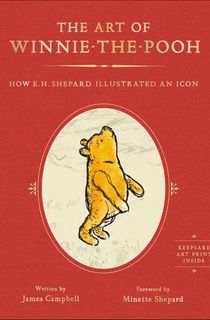
The Art of Winnie-the-Pooh
Campbell’s book explores the illustrations have brought A.A. Milne's beloved stories to life for nearly a century. E.H. Shepard, the original illustrator of the Winnie-the-Pooh series, drew the Hundred Acre Wood and its inhabitants in a way that allows readers to immerse themselves in Milne’s stories.
The Art of Winnie-the-Pooh a detailed study of Shepard's work, highlighting the evolution of his illustrations from their initial conception to their final, iconic forms. Through a collection of sketches and drawings, readers are offered a rare glimpse into the creative process behind some of the most recognizable and loved images in children's literature.
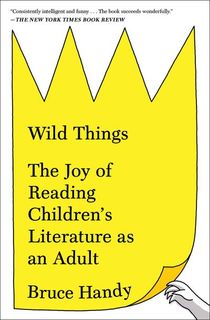
Wild Things
Handy offers a fresh appreciation of the stories that have captivated young minds for generations. He revisits classic children's stories, including the works of Dr. Seuss, Beatrix Potter, and Margaret Wise Brown, among others. As he digs into them, he examines both the narratives and characters, as well as the broader cultural and historical contexts that these works were created and first enjoyed in.
Handy also explores the impact that children's literature has on our lives, both as children and as adults. As children, these stories shape our earliest understanding of the world, sparking imagination, providing comfort, and setting examples for our values. As adults, revisiting these books can evoke powerful memories and offer new insights, revealing layers of meaning that we might have missed when we first read them.

Becoming Madeleine
Becoming Madeline is a deeply personal and intimate look into the life of Madeleine L'Engle, the author of A Wrinkle in Time. Written by L'Engle's granddaughters, the book provides a unique perspective on the formative years and creative journey of this literary icon.
The biography is both a loving tribute and a detailed account of L'Engle's early life, covering her childhood, adolescence, and the experiences that shaped her as a writer. Voiklis and Roy paint a vivid picture of Madeline as a curious, imaginative, and determined young woman.
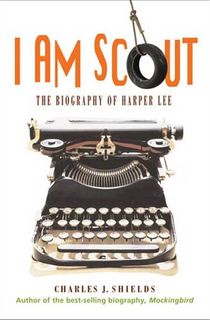
I Am Scout
I Am Scout digs Harper Lee's childhood in Monroeville, Alabama. Shields explores how Monroeville served as the model for the fictional Maycomb, Alabama, the setting of To Kill a Mockingbird, and how Lee's observations of racial and social dynamics in her hometown shaped her classic work.
Shields also explores the complex relationship between Lee and her only published novel. Despite its success, Lee avoided the limelight and never published another book during her lifetime. Shields’ biography touches on her reclusive nature and her discomfort with fame, providing a deeper understanding of her career.
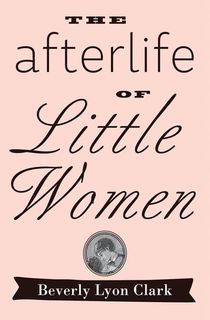
The Afterlife of "Little Women"
This book explores the various ways in which Louisa May Alcott’s Little Women has been received, interpreted, and reimagined since its publication in 1868. Clark's book is divided into sections that explore different facets of the novel's afterlife, including its critical reception, adaptations, and its role in reflecting society. She traces the evolution of Little Women from its initial reception as a sentimental children's book to its current place as a classic work of American literature.
Clark also dissects the numerous adaptations of Little Women in film, television, theater, and even opera. These sections discuss how each adaptation reflects the cultural and historical context in which it was produced, offering insights into how different generations have interpreted and reimagined the March sisters' story.
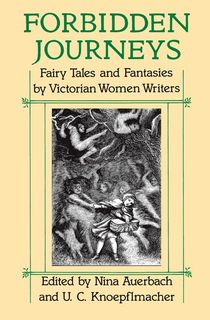
Forbidden Journeys
This insightful anthology highlights the often overlooked contributions of Victorian women to the genre of fantasy and fairy tales. It explores how these women used fantastical narratives to navigate and critique the social and cultural mores of their time.
Each story is accompanied by commentary that provides insightful historical context and analysis. It also demonstrates how Victorian women writers employed these genres to subtly challenge the restrictive norms of their society.
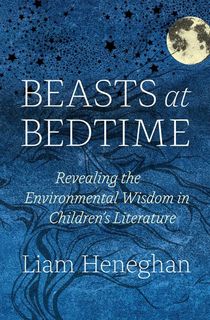
Beasts at Bedtime
Heneghan examines children’s stories through the lens of environmental science, highlighting themes of interconnectedness, conservation, and the natural world. He demonstrates how these narratives can subtly impart ecological wisdom and foster a sense of responsibility towards the environment in young readers.
By digging into works like Peter Rabbit, Winnie-the-Pooh, and The Lorax, Heneghan explores how children’s literature has the power to cultivate empathy for other living beings and to inspire a sense of wonder and curiosity about the natural world. By engaging with these stories, children (and adults) can develop a deeper appreciation for the environment, and feel a stronger commitment to protecting it.

The Real Beatrix Potter
Cohen brings a fresh perspective to Potter’s creations, exploring her profound connection to nature, as well as her contributions as a naturalist. Fortey’s biography goes beyond Potter’s popular image as a children’s author, delving into the experiences that shaped her love for the natural world.

Inside Picture Books
Spitz’s book explores the profound impact that picture books have on children's development, emotions, and understanding of the world. Inside Picture Books is structured around in-depth examinations of several classic picture books, including Goodnight Moon, Where the Wild Things Are, and Barbar. She meticulously combs through the visual and written elements of these books, revealing the subtle ways in which they communicate complex ideas and emotions to children.
Through her analysis, Spitz demonstrates how picture books help children to navigate their inner and outer worlds, providing a safe space for them to explore feelings, fears, and fantasies.

The Stories Behind the Stories
The Stories Behind the Stories is a collection of the intriguing histories and backstories of beloved children’s books. Higley delves into the real-life inspirations and challenges that led to the creation of 29 timeless tales. Higley’s book also includes illustrations and trivia behind well-loved childhood books.


